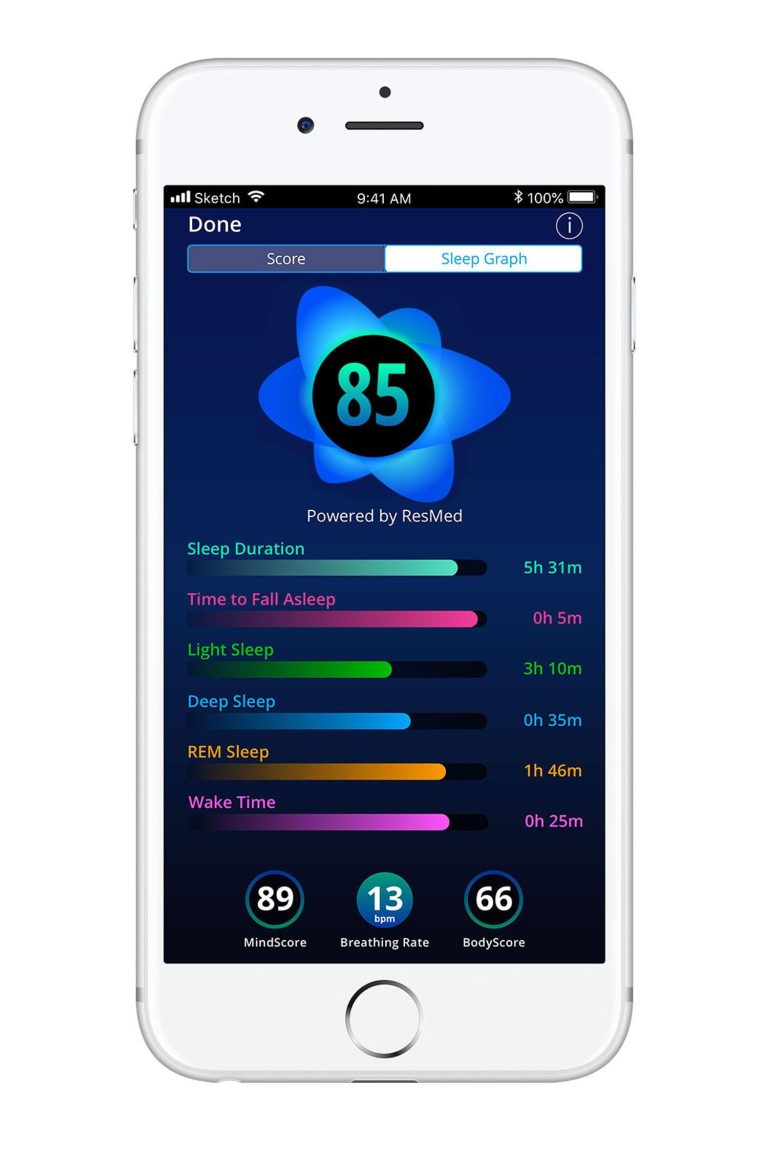In an era where digital health initiatives are becoming increasingly integrated into everyday life, understanding the financial implications of health applications—popularly known as health apps—has never been more crucial. These tools, ranging from fitness trackers and calorie counters to complex chronic disease management systems, promise substantial health benefits and personalized healthcare experiences. However, behind the convenience and innovation, there lies an intricate web of costs, savings, and revenue models that demand scrutiny. This article delves into the multifaceted financial impact of health applications, examining the true cost of utilizing these digital health platforms. By critically analyzing subscription fees, data monetization practices, and potential healthcare savings, we aim to equip consumers, healthcare professionals, and policymakers with the knowledge needed to navigate the economic landscape of health technology.

Understanding the Costs of Health Apps
Many health apps are advertised as free or low-cost, but it’s important to understand the hidden costs that may not be immediately obvious. These can include:
-
- In-app purchases: Extra features and premium content often require additional payments.
-
- Subscription fees: Monthly or yearly charges can add up quickly.
-
- Data privacy: Some apps may monetize your health data by selling it to third parties.
To make informed decisions, it helps to compare the costs and features of different health apps. Here’s a simplified comparison table:
| App | Initial Cost | Subscription Fee | In-App Purchases |
|---|---|---|---|
| HealthApp A | Free | $9.99/month | Optional |
| WellnessTracker | $4.99 | $4.99/month | Yes |
| FitLife | Free | None | No |

Analyzing the Return on Investment
When diving into health apps, it’s crucial to think about the return on investment (ROI). Essentially, you want to know if the money spent on these apps is really benefiting your health and well-being. To analyze ROI, start by considering the initial costs and any recurring expenses. Look at the features offered and determine if they align with your personal health goals. Note the technological aspects such as data tracking, UX/UI design, and customer support. These factors can impact your overall satisfaction and the effectiveness of the app.
Additionally, there are indirect returns to consider. Health improvements can lead to fewer medical visits, potentially saving money in the long run. Mental well-being and reduced stress also contribute to better productivity and quality of life. Think about:
-
- Cost savings on gym memberships with fitness apps
-
- Reduction in medication costs through better health management
-
- Enhanced lifestyle changes, such as improved diet and exercise routines
| Expenses | Potential Savings |
|---|---|
| Subscription Fees | Reduced Gym Membership |
| In-App Purchases | Lower Medical Bills |
| Device Integration | Fewer Doctor Visits |

Strategies for Maximizing Financial Benefits
To get the most bang for your buck from health apps, start by investigating discount programs and insurance coverage. Many health insurance plans offer reimbursements or discounts for using approved health apps that track fitness activities or manage chronic conditions. Additionally, some employers have partnerships with health app developers to reduce overall healthcare costs, so it’s worth checking with your HR department. Utilizing these benefits can significantly reduce your out-of-pocket expenses while helping you stay on track with your health goals.
| Tip | Financial Impact |
|---|---|
| Using an Insurance-Approved App | Refund up to $100/year |
| Employer-Sponsored Programs | Save $50-$200/month |
| Seasonal Discounts | 25% off annual subscription |
Another effective strategy is to use the freemium models offered by many health apps. Many apps provide essential features at no cost, reserving more advanced tools for premium subscribers. Start by exploring free features by setting health goals, tracking daily progress, and joining community challenges. If you find the free features beneficial and require advanced functionalities, consider investing in a premium plan. Always assess whether the premium features align with your personal health objectives and whether the cost is justified by the benefits you’ll receive.
Implementing Sustainable Financial Practices
When considering how your health apps affect your budget, can make a significant difference. Start by examining subscription costs, in-app purchases, and device compatibility. Over time, these seemingly small expenses can add up. Coupled with other financial commitments, they may become a considerable portion of your monthly budget.
To effectively manage these costs, consider these practical steps:
-
- Audit your subscriptions: Regularly review and cancel any unnecessary services.
-
- Optimize device use: Ensure your current device can support necessary apps instead of buying new gadgets.
-
- Take advantage of bundle offers: Some apps offer bundles that may be more cost-effective.
-
- Utilize free trials: Before committing, use free trials to gauge the app’s value.
| Expense Type | Impact |
|---|---|
| Subscription | Monthly Fee |
| In-App Purchase | Variable Cost |
| Device Upgrade | One-time Cost |
Q&A
Q: What are health apps and how do they impact our financial health?
A: Health apps are software applications designed to help users monitor and improve their health. While these apps can provide valuable health benefits, users should be aware of potential financial impacts such as subscription fees or costs associated with in-app purchases.
Q: How can health apps help us save money on healthcare costs?
A: Health apps can help users track and manage their health conditions, leading to better overall health outcomes and potentially reducing the need for expensive medical treatments. By promoting preventive care and healthy lifestyle choices, these apps can help users save money on healthcare costs in the long run.
Q: Are there any hidden costs associated with using health apps?
A: Some health apps may require users to pay for premium features or services, such as personalized health coaching or advanced analytics. Additionally, users should be cautious of in-app purchases that may be marketed as essential for achieving optimal health but are not backed by scientific evidence.
Q: How can users evaluate the cost-effectiveness of health apps?
A: To determine the cost-effectiveness of a health app, users should consider factors such as the app’s features, reputation, and user reviews in relation to its price. Users should also compare the costs of using the app to potential savings on healthcare expenses and weigh the benefits of the app against its cost.
Q: What should users do if they are experiencing financial strain due to using health apps?
A: If users are experiencing financial strain from using health apps, they should assess whether the benefits of the apps justify the costs. Users may also consider alternative free or low-cost health apps that provide similar functionality. Additionally, users can explore financial assistance programs or resources offered by app developers or healthcare providers.
In Retrospect
gaining a clear understanding of the financial impacts associated with health apps is crucial for individuals seeking to manage their overall well-being effectively. By assessing the various costs and benefits involved, users can make informed decisions about which apps align with their financial goals and healthcare needs. It is essential to carefully evaluate subscription fees, in-app purchases, and potential savings on medical expenses to ensure that the use of health apps is a sound investment in both health and finances. Stay vigilant and informed to make the most of your digital health journey.



[…] financial advisory platforms offer a range of essential features that cater to both novice and experienced investors. These platforms usually come with […]
[…] an age where our morning coffee orders, gym memberships, and even star-studded dating lives are governed by capricious pixels and enigmatic algorithms, […]